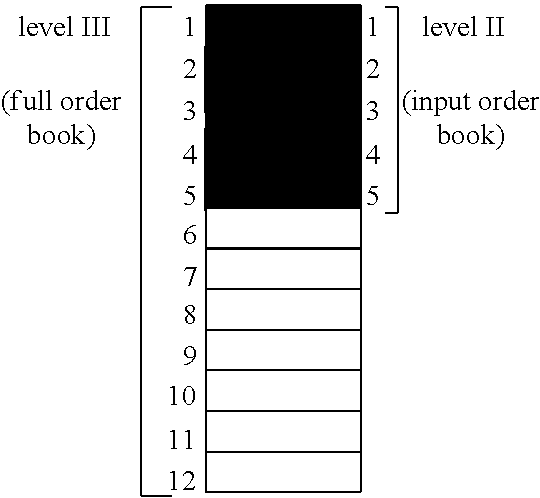Database and method for evaluating data therefrom
a data and data technology, applied in the field of data bases for storing data, can solve the problems of not providing an efficient means for allowing large amounts of contiguous data to be accessed and/or evaluated, and not being able to meet the needs of small clients, so as to achieve the effect of maintaining safety, enhancing damping, and efficient monitoring of different phenomena
- Summary
- Abstract
- Description
- Claims
- Application Information
AI Technical Summary
Benefits of technology
Problems solved by technology
Method used
Image
Examples
example 1
Data Storage
[0110]Taking the database of the first embodiment of first aspect of the invention, in which a cumulative value of the y variable is stored, the costs of building the database are set out below (compared to a comparative example for a conventional database):
[0111]Cost of adding a new record=computational cost of adding new record to sum of all previous records+storage cost for storing new cumulative record.
[0112]For conventional database, cost of adding a new record=storage cost for storing one more record (no computation cost)
[0113]The storage cost is the cost of sending the record to the network memory (including the use of network bandwidth).
[0114]The computational cost is the cost of the mathematical manipulation into the desired format.
[0115]Therefore, data storage in the first embodiment of the present invention has associated with it the additional computational cost (relative to the comparative example of a conventional database) of adding the new record to the s...
example 2
Data Manipulation
[0116]In this example, the mean average of a series of data records is calculated from the database of the first embodiment of the first aspect of the invention.
[0117]This requires the steps of:[0118]1. retrieving data records from the start and end of the series (retrieval cost=two fetch operations)[0119]2. subtracting start record value from end record value (computational cost=one subtraction operation)[0120]3. performing division by size of data (computation cost=one division operation)
[0121]In a conventional database, this process would require the steps of:[0122]1. retrieving all data records in the series of interest (retrieval cost=n fetch operations)[0123]2. performing summation over all retrieved records (computation cost=(n−1) addition operations)[0124]3. performing division by size of data (computational cost=one division operation)
[0125]Therefore, the database of the first embodiment of first aspect of the present invention has significantly lower retri...
example 3
Calculation of the Volume Weighted Average Price
[0126]The volume weighted average price (vwap) of a stock is obtained by dividing the total transacted money value by the total transacted volume. The money value of a transaction is the volume of the transaction multiplied by the price.
[0127]In a database according to a second embodiment of the first aspect of the present invention, the cumulative volume and the money value (the multiple of volume and price) are stored as a function of time. In this case, the vwap may be calculated by following the steps of:[0128]1. retrieving money value records from the start and end of the series of interest (retrieval cost=two fetch operations)[0129]2. subtracting start record from end record (computational cost=one subtraction operation)[0130]3. retrieving volume records from the start and end of the series of interest (retrieval cost=two fetch operations)[0131]4. subtracting start record from end record (computational cost=one subtraction operat...
PUM
 Login to View More
Login to View More Abstract
Description
Claims
Application Information
 Login to View More
Login to View More - R&D
- Intellectual Property
- Life Sciences
- Materials
- Tech Scout
- Unparalleled Data Quality
- Higher Quality Content
- 60% Fewer Hallucinations
Browse by: Latest US Patents, China's latest patents, Technical Efficacy Thesaurus, Application Domain, Technology Topic, Popular Technical Reports.
© 2025 PatSnap. All rights reserved.Legal|Privacy policy|Modern Slavery Act Transparency Statement|Sitemap|About US| Contact US: help@patsnap.com



